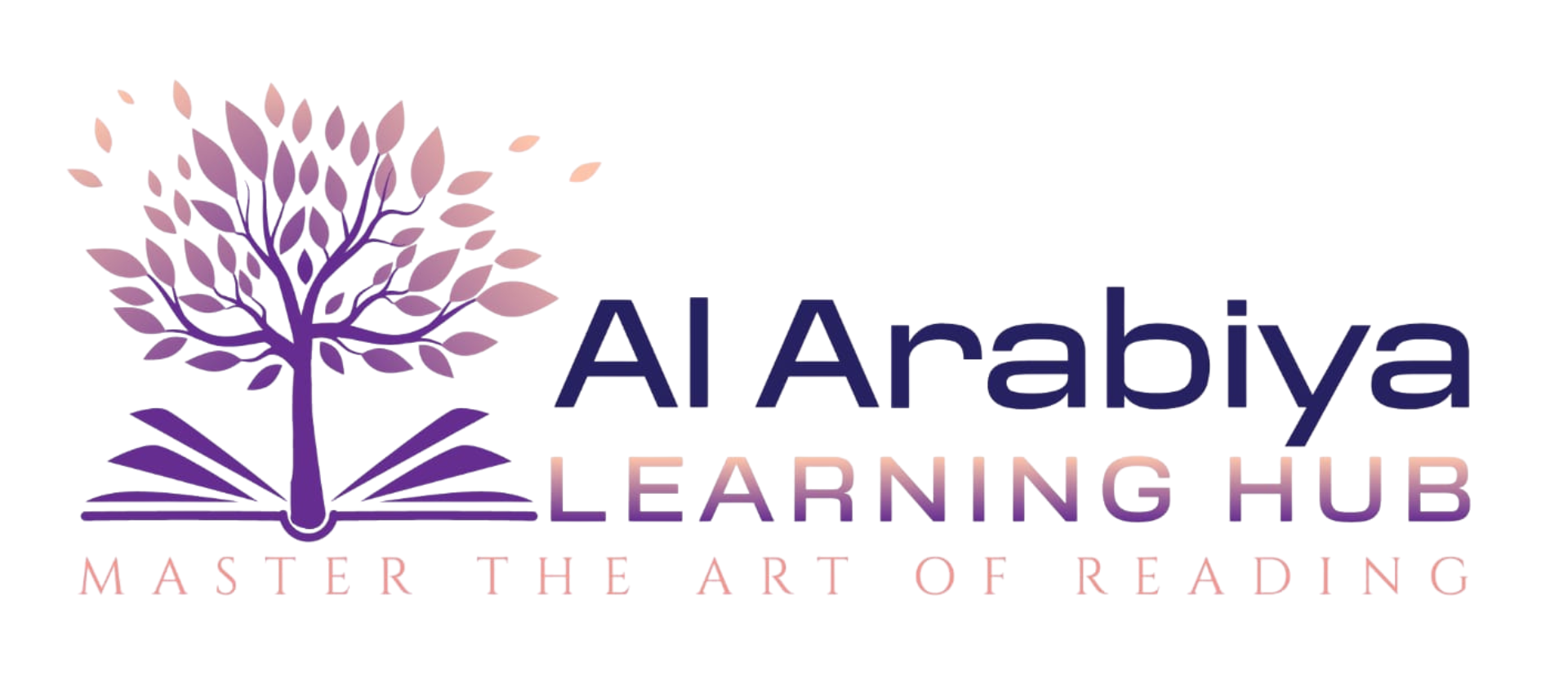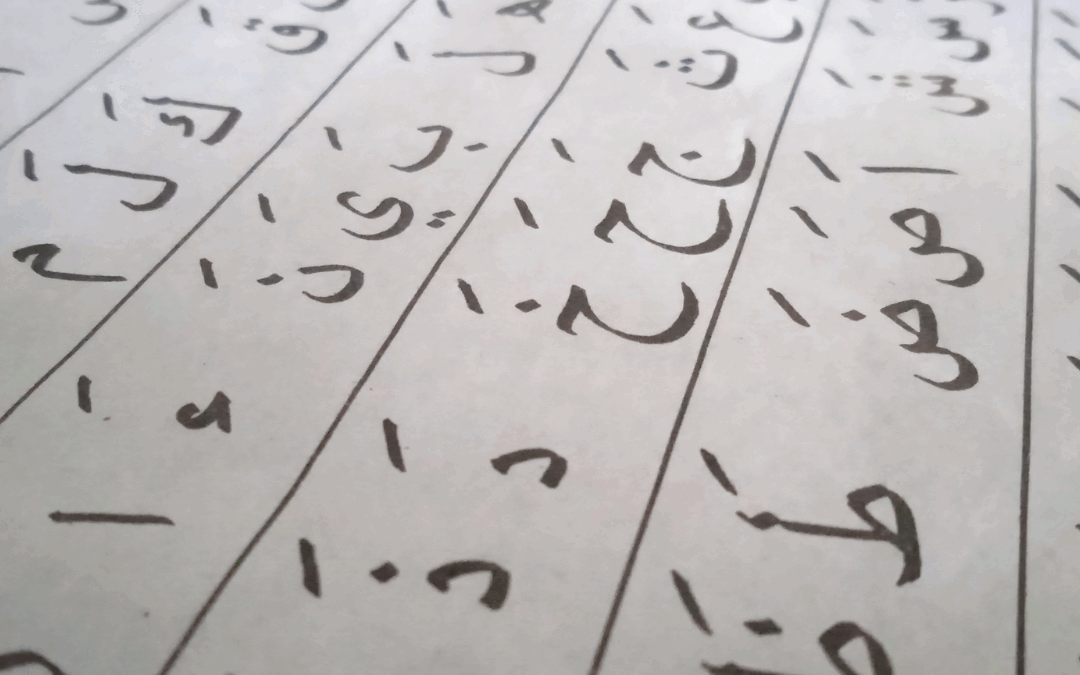5 Common Mistakes Beginners Make in Arabic Reading (and How to Avoid Them)
Learning to read Arabic — especially for the purpose of reading the Qur’an — is one of the most rewarding journeys a Muslim can take. Yet, as with every new skill, beginners often face challenges and fall into common mistakes.
The good news? These mistakes are natural and part of the learning process. By becoming aware of them early on, learners can correct themselves and progress more smoothly.
In this article, we’ll explore 5 common mistakes beginners make when learning to read Arabic, and more importantly, how to avoid them.
1. Rushing Through Without Mastering the Letters
Many beginners are eager to jump straight into words and verses, but they overlook the foundation: the Arabic letters (al-huruf).
Without mastering the correct shapes, sounds, and positions of the 28 letters, students often confuse similar ones — like ب (ba), ت (ta), and ث (tha) — or mix up ع (‘ayn) and غ (ghayn).
📖 Allah reminds us of the importance of clarity in His words:
“A Book whose verses are detailed, an Arabic Qur’an for people who know.”
(Surah Fussilat 41:3)
👉 How to avoid it: Take your time with the letters. Practice tracing, recognizing, and pronouncing them clearly before moving on. Think of it like building the foundation of a house — if it’s strong, everything else stands firm.
2. Ignoring the Short Vowels (Harakat)
A very common mistake is to focus only on the letters and ignore the small symbols above or below them: fatha ( َ ), kasra ( ِ ), and damma ( ُ ).
These tiny marks completely change the meaning of words. For example:
- كَتَبَ (kataba) = he wrote
- كُتِبَ (kutiba) = it was written
👉 How to avoid it: Train your eyes to notice the vowels. Read slowly and carefully. With time, you’ll learn that these little marks are not decoration — they are the heartbeat of Arabic reading.
3. Mispronouncing the Makharij (Points of Articulation)
Arabic has sounds that don’t exist in many other languages. Beginners often struggle with letters like ص (ṣād), ض (ḍād), ط (ṭāʾ), and ظ (ẓāʾ), pronouncing them as their closest equivalents in their native tongue.
The Prophet ﷺ said:
“The one who is proficient in the Qur’an will be with the noble angels. And the one who reads it with difficulty, stammering, will have two rewards.”
(Bukhari & Muslim)
👉 How to avoid it: Work with a teacher who can correct your pronunciation. Practice slowly, exaggerating the sound until your tongue and throat adjust. Remember: every struggle is rewarded!
4. Skipping Tajweed Rules
Some beginners believe Tajweed is only for advanced learners. But Tajweed — the rules of correct Qur’an recitation — is what gives beauty and accuracy to your reading.
Mistakes like not lengthening the madd (long vowels), or skipping nasal sounds (ghunnah), can completely change the sound of the recitation.
📖 Allah says:
“…and recite the Qur’an with measured recitation.”
(Surah Al-Muzzammil 73:4)
👉 How to avoid it: Start with the basics of Tajweed from day one. Simple rules like elongation and nasalization can make your recitation clearer and more beautiful.
5. Lack of Consistency
Perhaps the biggest mistake of all is inconsistency. Many learners start with enthusiasm but stop when it feels challenging. Days turn into weeks, and progress is lost.
The Prophet ﷺ taught us:
“The most beloved deeds to Allah are those that are consistent, even if they are few.”
(Bukhari & Muslim)
👉 How to avoid it: Set aside just 10–20 minutes a day. A short, daily routine is far more effective than long but irregular study sessions.
Conclusion: Mistakes Are Stepping Stones
If you recognize yourself in these mistakes, don’t be discouraged. Every learner goes through them — even the greatest reciters once struggled with the alphabet.
The key is awareness, patience, and consistency. With time, every letter will become familiar, every sound will flow more naturally, and every verse will bring light to your heart.
At Al Arabiya Learning Hub, we help students avoid these pitfalls by providing step-by-step guidance, personalized corrections, and motivational support.

